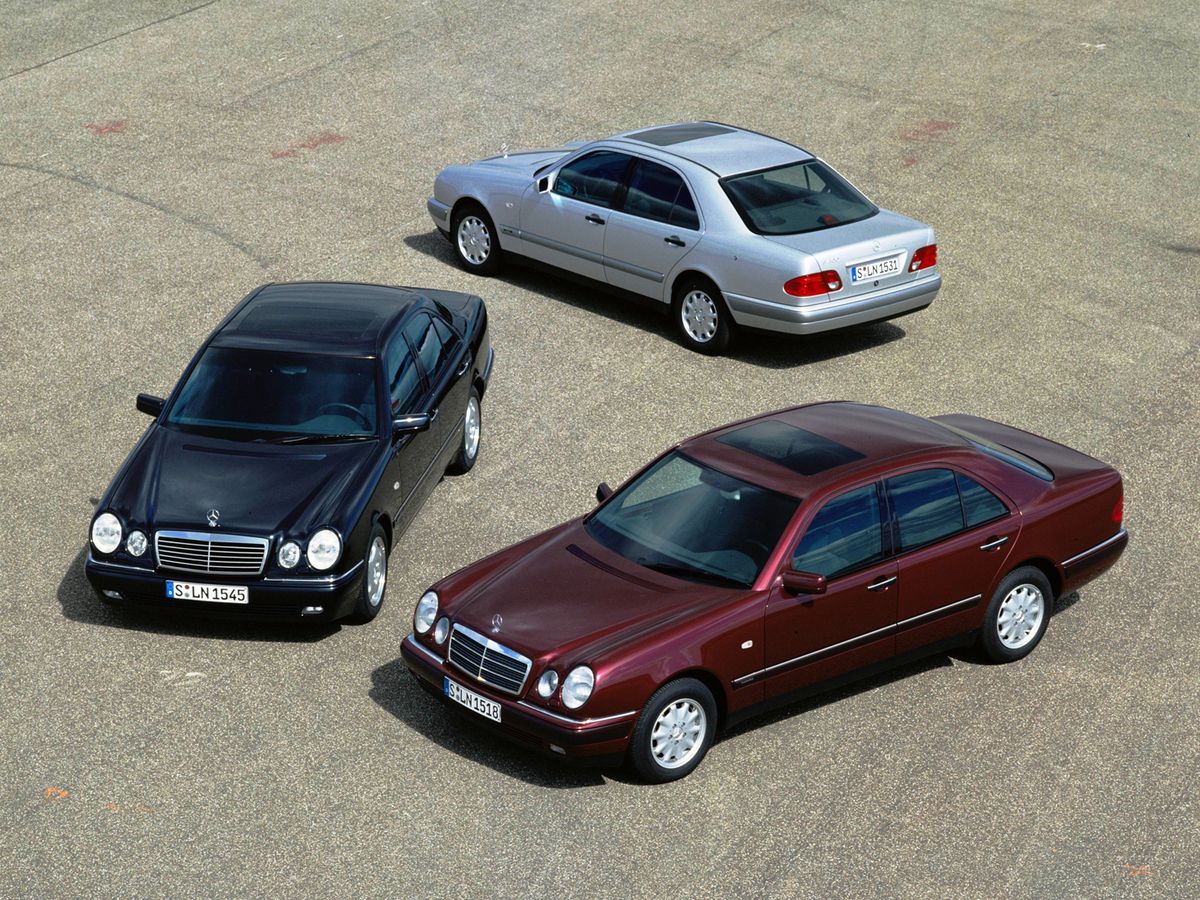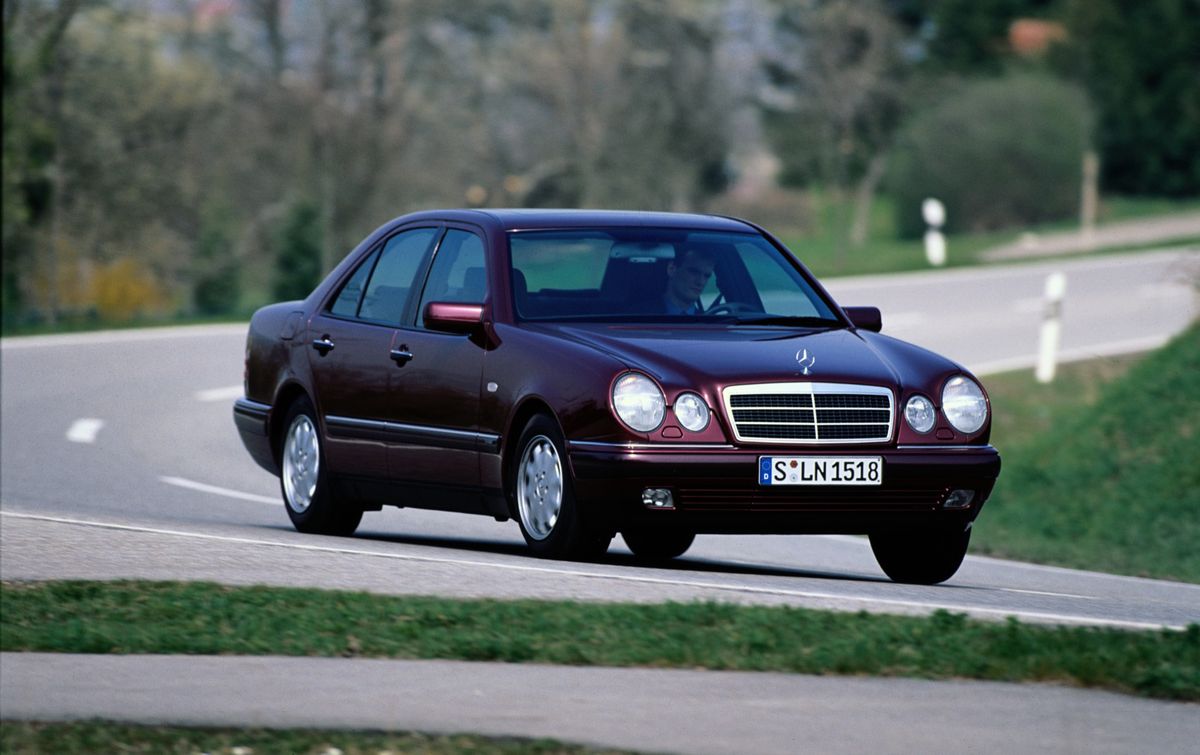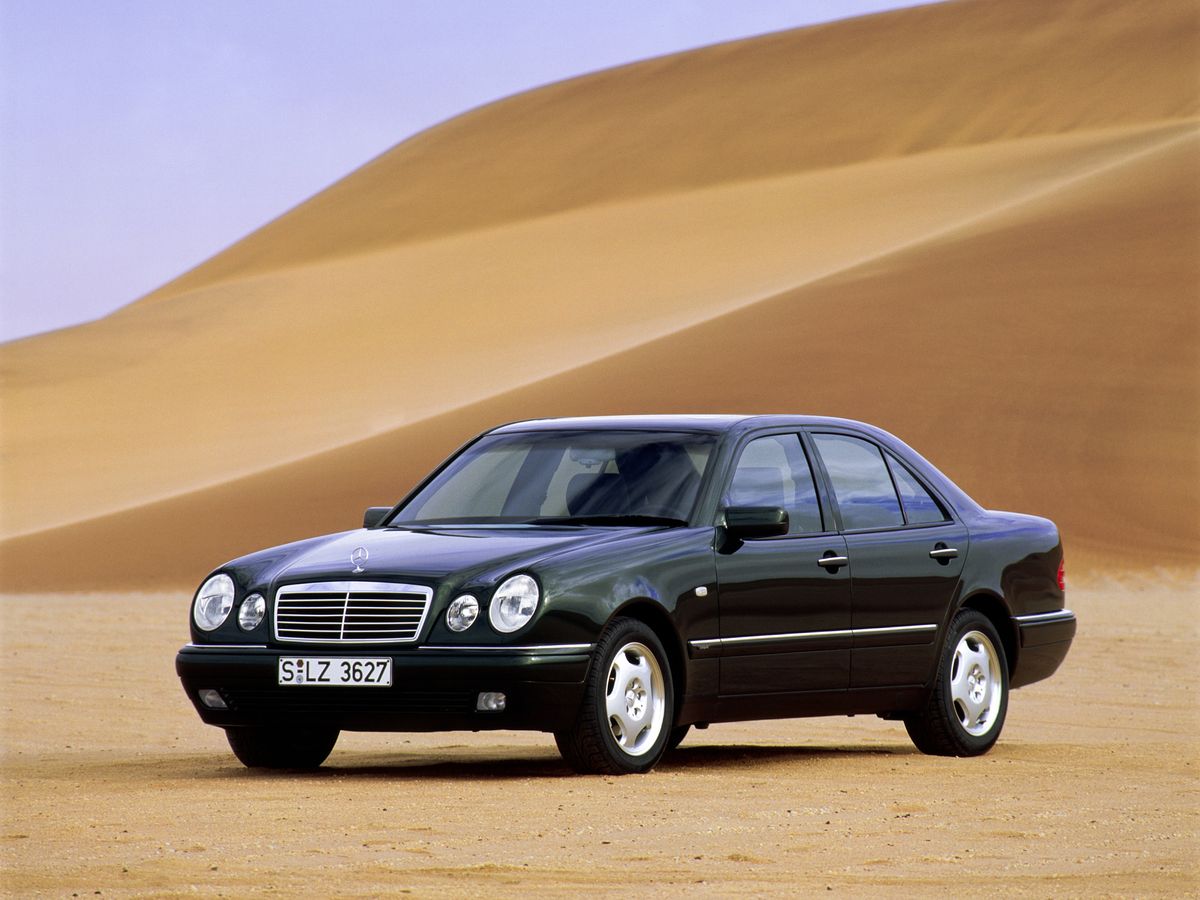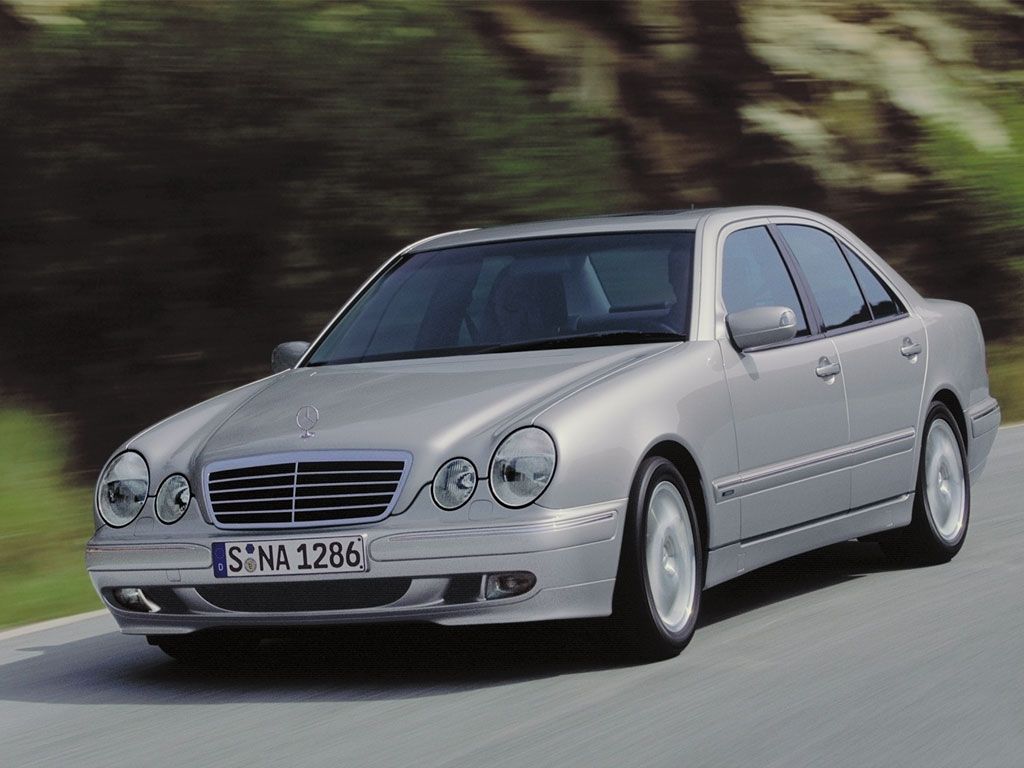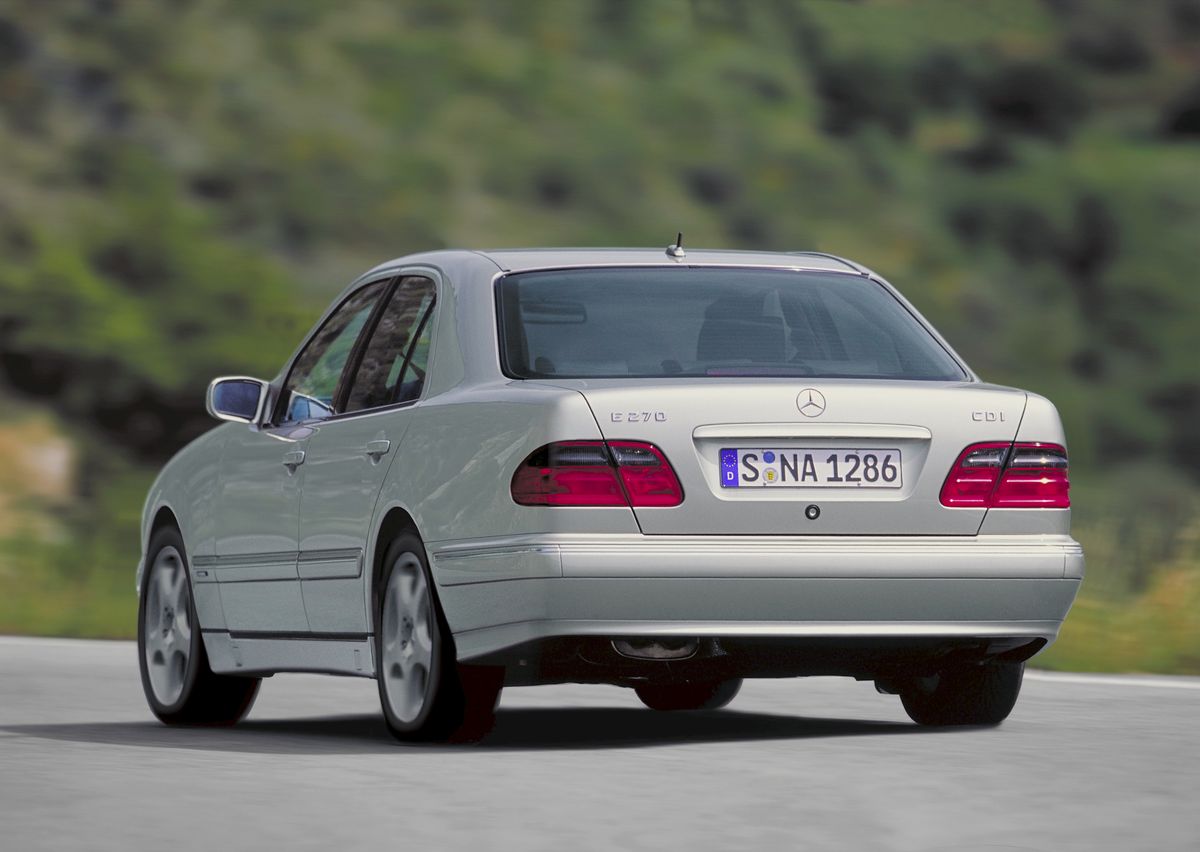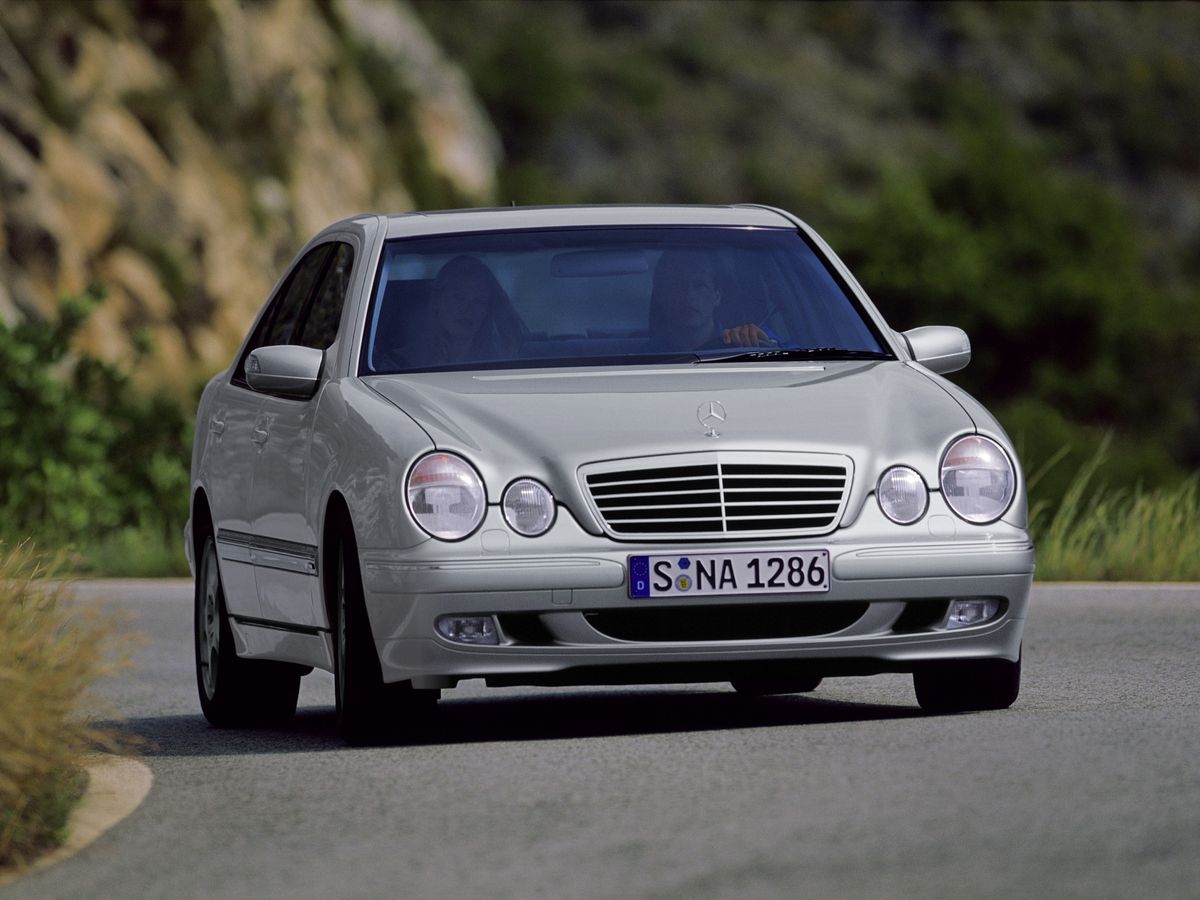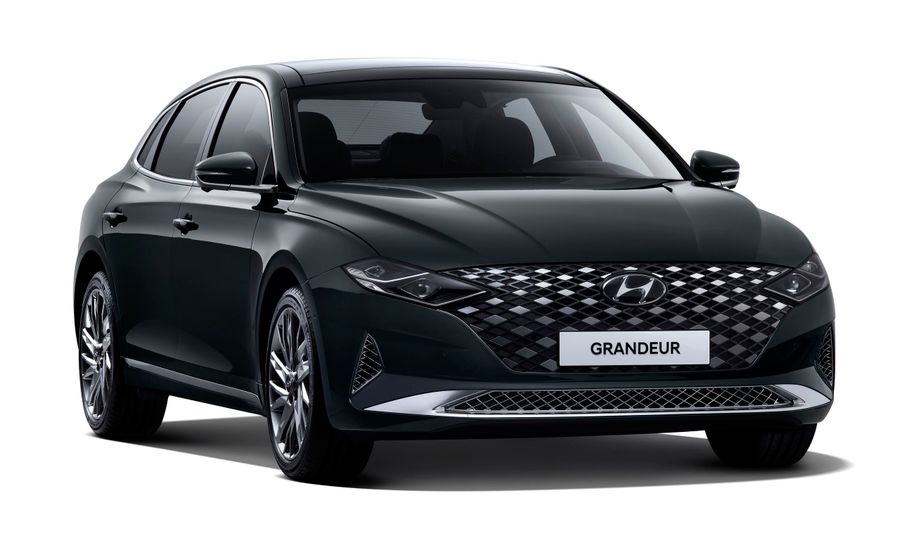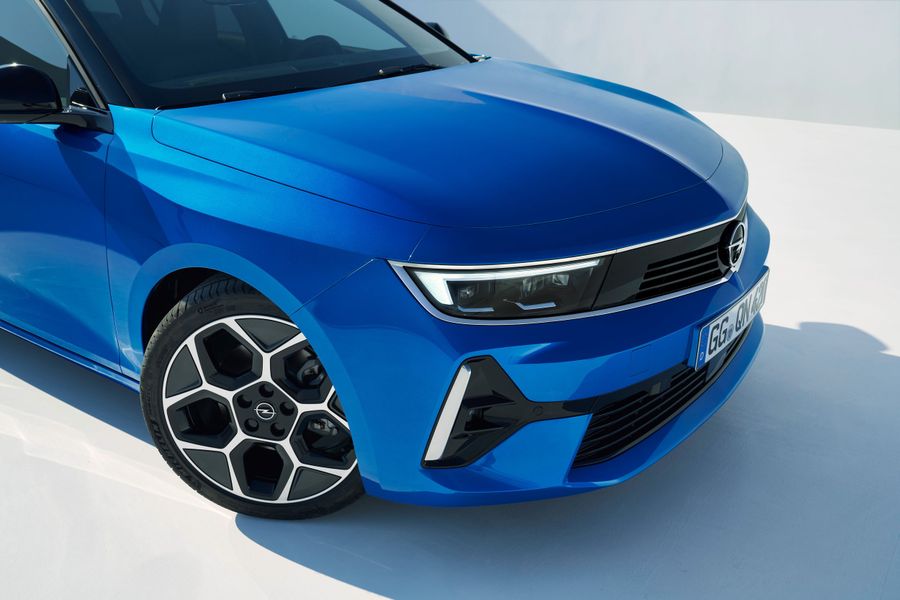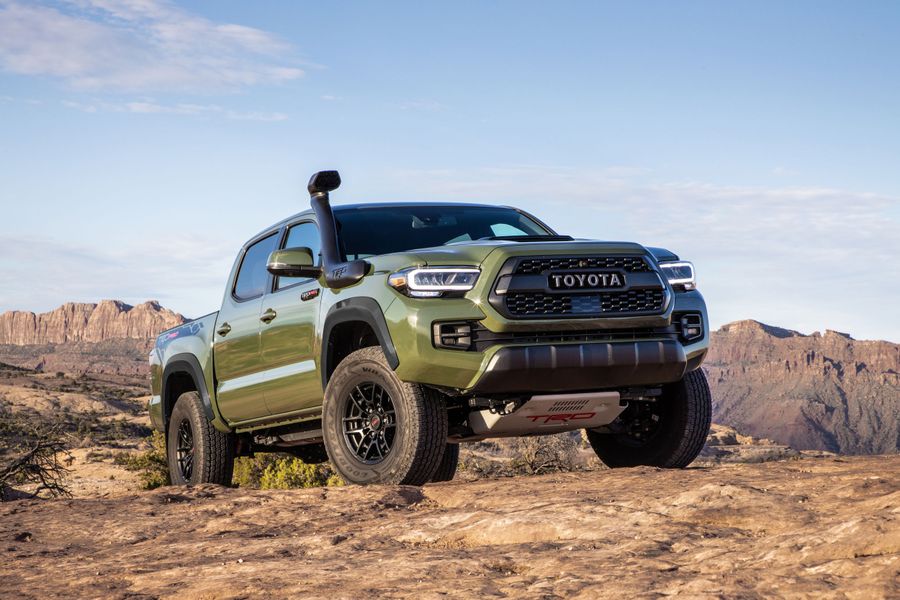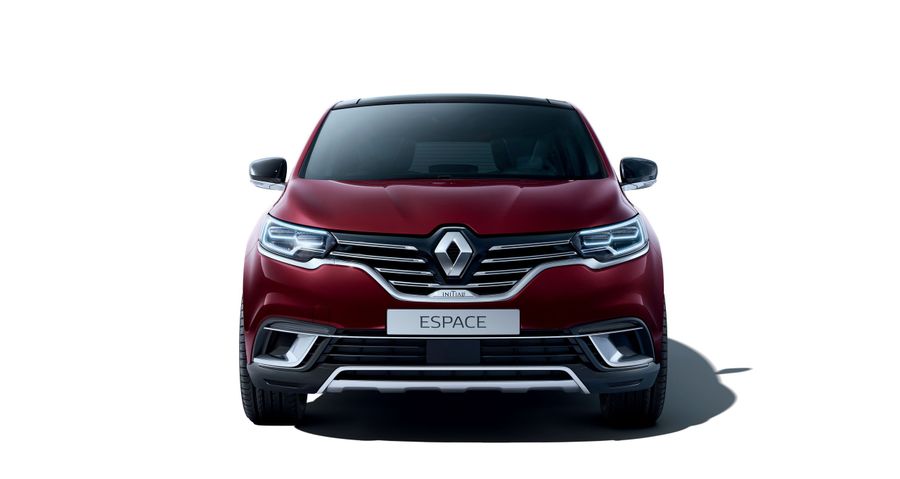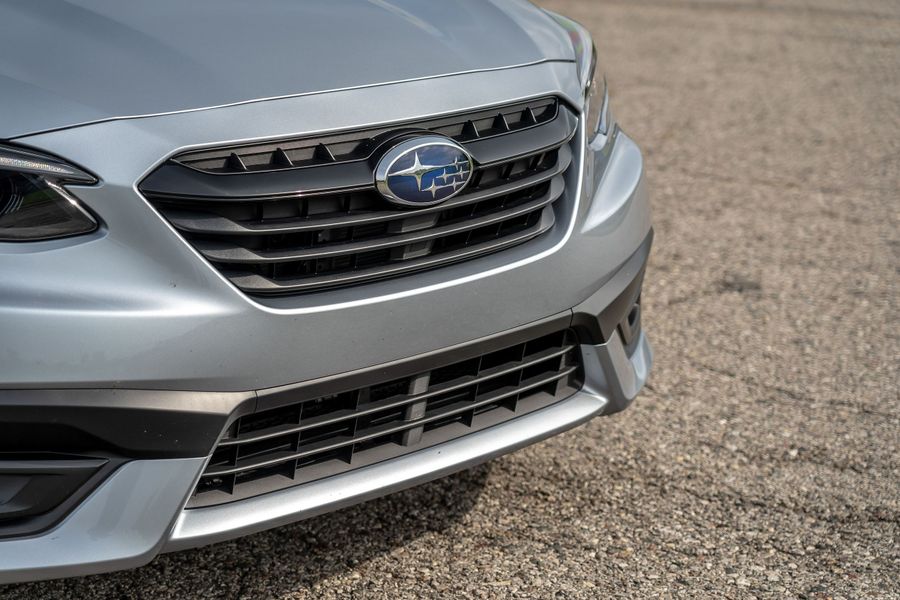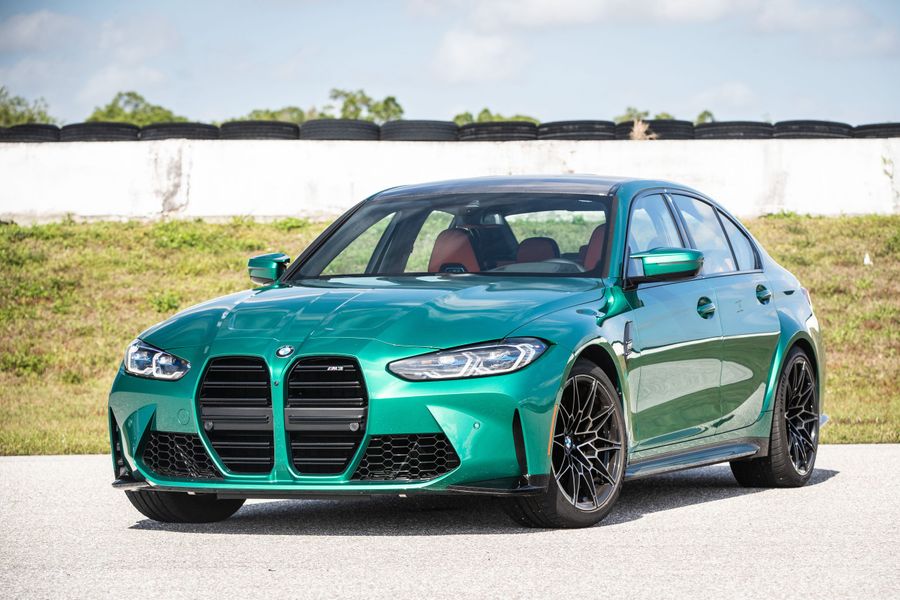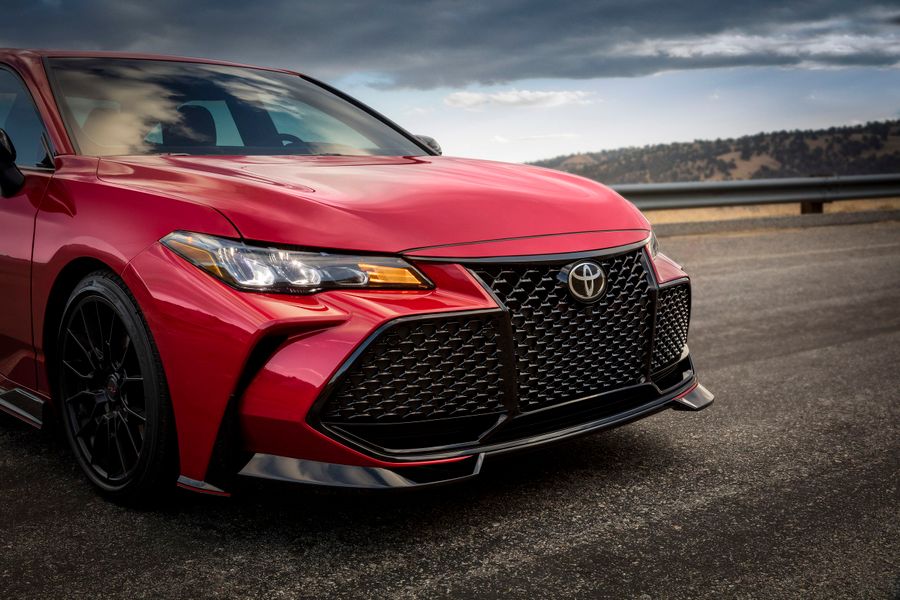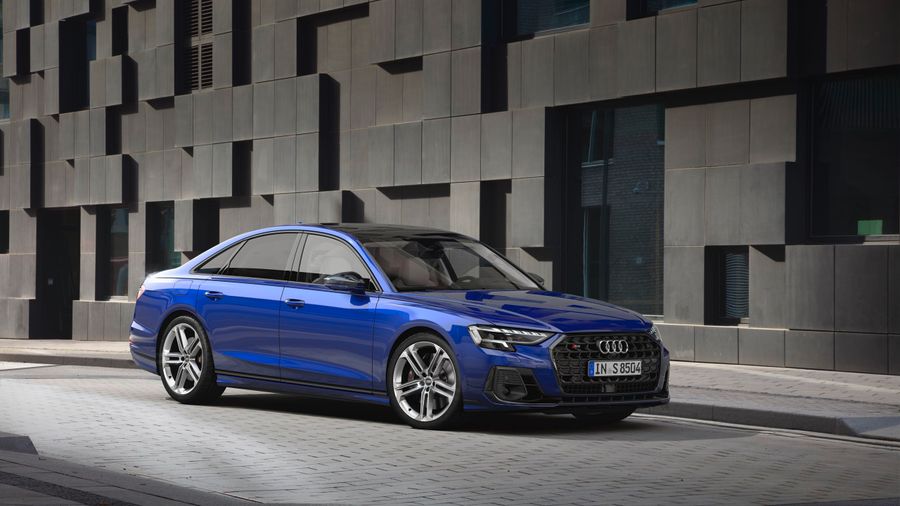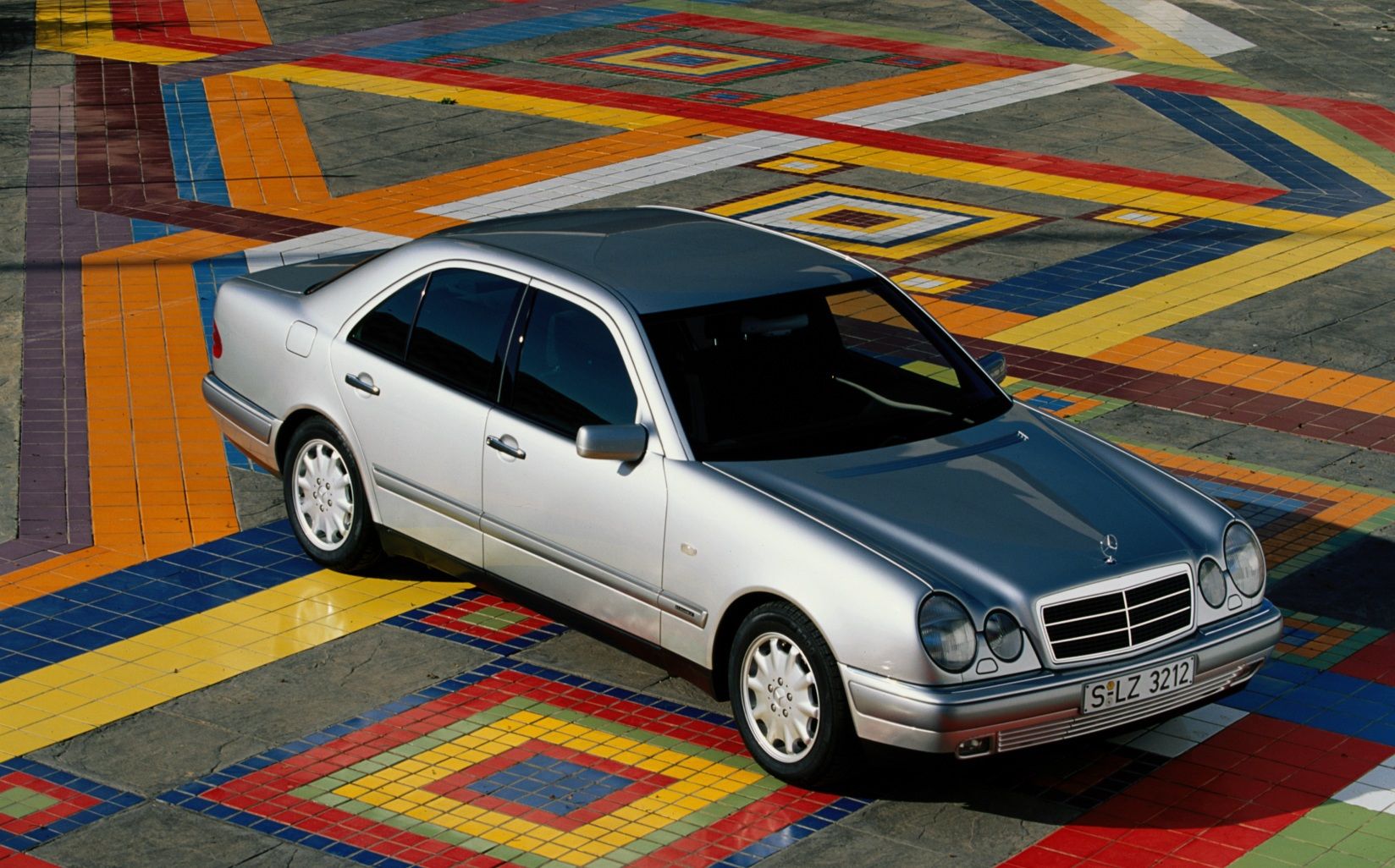
‘Big-eyed’ E-Class W210 model
The Mercedes W210, which was released in 1995 to replace the most popular W124 model, set a new trend. The bold division of the headlights into different-sized ellipses, smooth lines, and other unusual and unexpected elements very quickly resonated with car enthusiasts around the world. The W210 was nicknamed ‘Big-eyed’ because of the characteristic shape of the headlights that resembled eyes.
The new body, which at that time had a very low aerodynamic drag coefficient of 0.27, immediately won a design award and made the W210 one of the safest cars in its class. Optimization of the body structure, large crumple zones, and improved passenger restraint systems brought its safety to a new level.
The W210 was nicknamed ‘Big-eyed’ because of the characteristic shape of the headlights that resembled eyes.
In addition to a completely new appearance, the second E-Class could boast of more than 30 technical innovations. This model was equipped with numerous innovative systems, including rain-sensing wipers, air quality sensors built-into automatic air conditioning and a Parktronic Parking Assist (PTS).
Modifications and engines
The E-Class model program initially included eight models: three models with diesel engines and five models with petrol engines. The engine range mainly consisted of the proven engines, which performed well on the W124 and W202 models, and were installed on the new E-Class models in modified versions. However, a diesel engine range underwent a substantial transformation. For the first time, a direct injection diesel engine was installed on a Mercedes passenger car. It was a 2.9-liter OM 602 DE 29 LA five-cylinder engine, which also had a turbocharger driven by an exhaust system and a cooler. The new two-valve engine had much higher torque, which was already available at 2,000 rpm and lower fuel consumption than a 3.0-liter naturally aspirated six-cylinder engine. For Mercedes, this engine was the first step towards the introduction of direct injection diesel engines into customer-oriented passenger cars with a focus on comfort.
Changes were also made to the petrol engines. A 2.2-liter engine was boosted to 2.3 liters, which made it possible to increase torque, optimize fuel consumption, emissions and combustion noise. The 2-liter engine had the optimized geometry of the combustion chamber. Just like the 2.3-liter engine, it had a modified HFM fuel injection system with a mass (air) flow sensor. The 4.2-liter V8 was also equipped with it. The injection, ignition and electronic accelerator control functions were integrated in the Bosch Motronic 1.0 controller. This made it possible to integrate the electronic control of the automatic transmission, installed on the E 420 from the beginning of production of that range, into the engine management system.
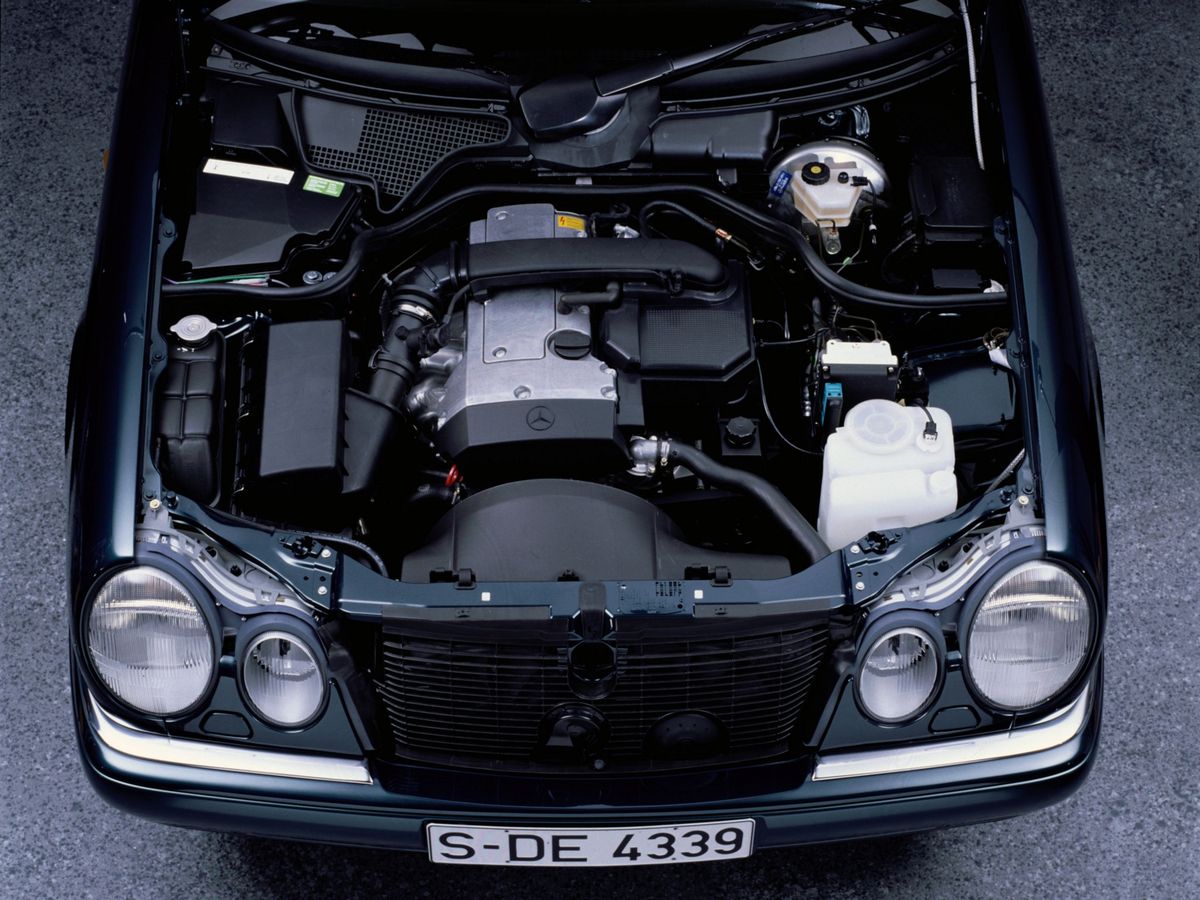
Six months after the start, a sports version of the Mercedes E 50 AMG was added to the sales program. The car was powered by a 5-liter 255 kW (347 hp) V8 engine and extensive sports equipment, including a sports suspension, light-alloy wheels with wide tires and AMG styling. Just like the E 420, the E 50 AMG, the legitimate successor to the E 500 from the W124 model range, was available exclusively with a new electronically controlled five-speed automatic transmission, which was also installed on the 8 and 12-cylinder S-Class and SL range models.
1999 restyling
In the summer of 1999, Mercedes introduced a restyled version of the E-Class sedan. By then, the manufacturer had already sold nearly a million W210 vehicles (in just four years!), which made the second generation E-Class the world’s most successful car in its segment. The best-selling model now had an even more refined design and structure. The list of innovations included new CDI diesel engines, a new 6-speed manual transmission, as well as window airbags as standard and advanced electronic assistance systems. More than 1,800 components were modified or improved during the restyling. While the range of standard equipment was significantly expanded, the price of cars increased on average by only 2.9%.
The design of the upgraded E-Class remained true to the ‘four-eyed’ face that set design trends in 1995. However, the creators improved the exterior and made the car more dynamic: the front face was lowered by about two centimeters, the hood, radiator grille and bumpers were changed, and modified fenders contributed to a flatter and deeper installation of headlights. The exterior mirror caps and taillights were adapted to the new design.
The restyled Mercedes E-Class had two new CDI engines with up to 42% more torque than previous models and very modest fuel consumption. Mercedes also developed a new 6-speed manual transmission, which became standard on diesel and petrol models of up to 2.8 liters. The sixth gear was designed as an overdrive gear, significantly lowering the engine speed when driving on highways. Thanks to its sophisticated multi-cone synchronization, the new transmission was distinguished by very smooth gear shifting.
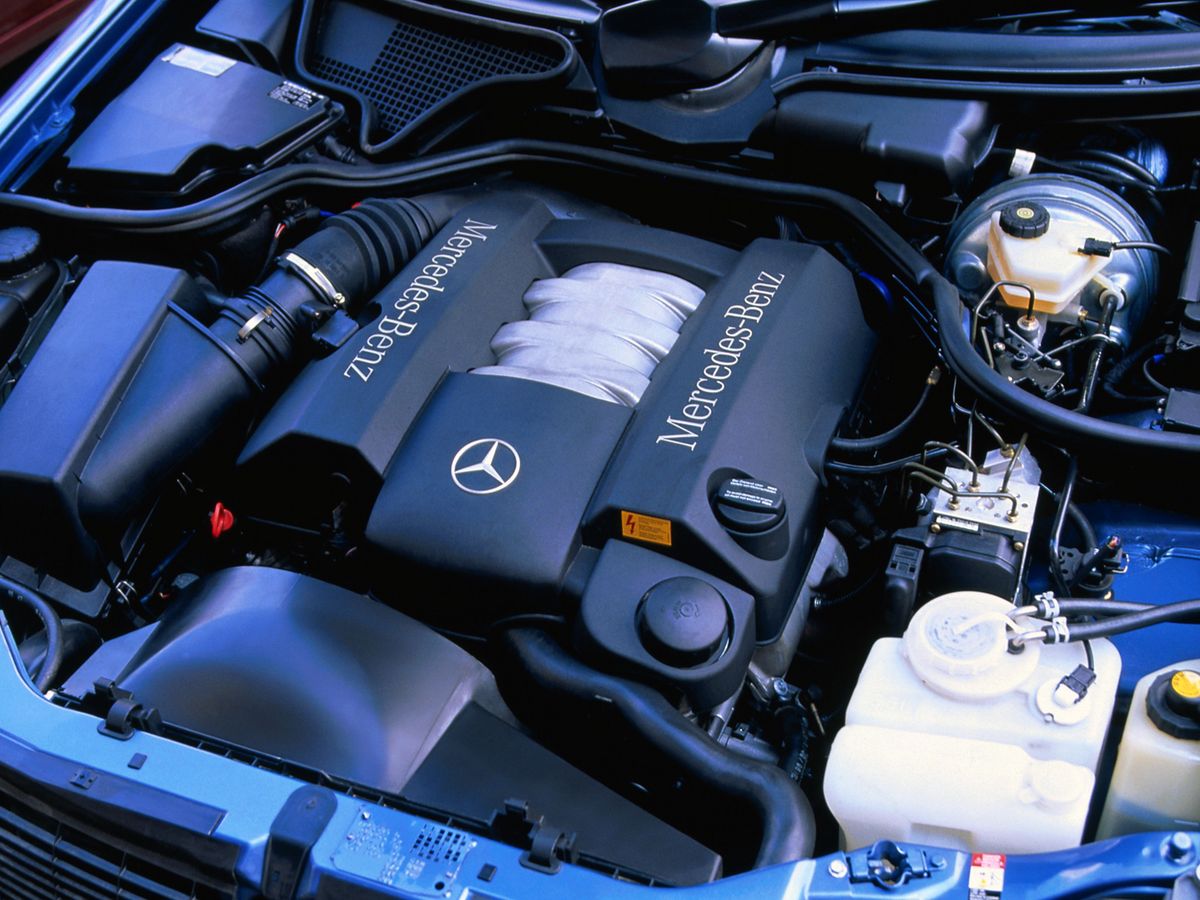
In terms of trim levels, the second generation of the E-Class consistently continued the successful concept of the design and equipment range, originally borrowed from the C-Class W202. However, the CLASSIC, ELEGANCE and AVANTGARDE versions now featured even more individual designs. All trims were based on significantly expanded standard equipment with such innovative safety features as Electronic Stability Program (ESP), window airbags, as well as a multifunction steering wheel borrowed from the S-Class and a center display in the dashboard.

In 1999, the scale and intensity of the restyling highlighted the importance of the E-Class to the Mercedes-Benz range: by then, W210 vehicles accounted for 23.6% of all Mercedes passenger cars. In its segment, the E-Class took 25% of the market in Western Europe and more than 30% in Germany.
By March 2002, when the W210 was replaced by the W211, sales averaged over 200,000 vehicles per year, making the second generation E-Class the world’s best-selling business car. From 1995 to 2002, Mercedes-Benz built 1,374,409 E-Class sedans. The most popular (with a share of sales of almost 20%) was the E 320, followed by the E 220 CDI (almost 16%). They became the best-selling models in Europe.

